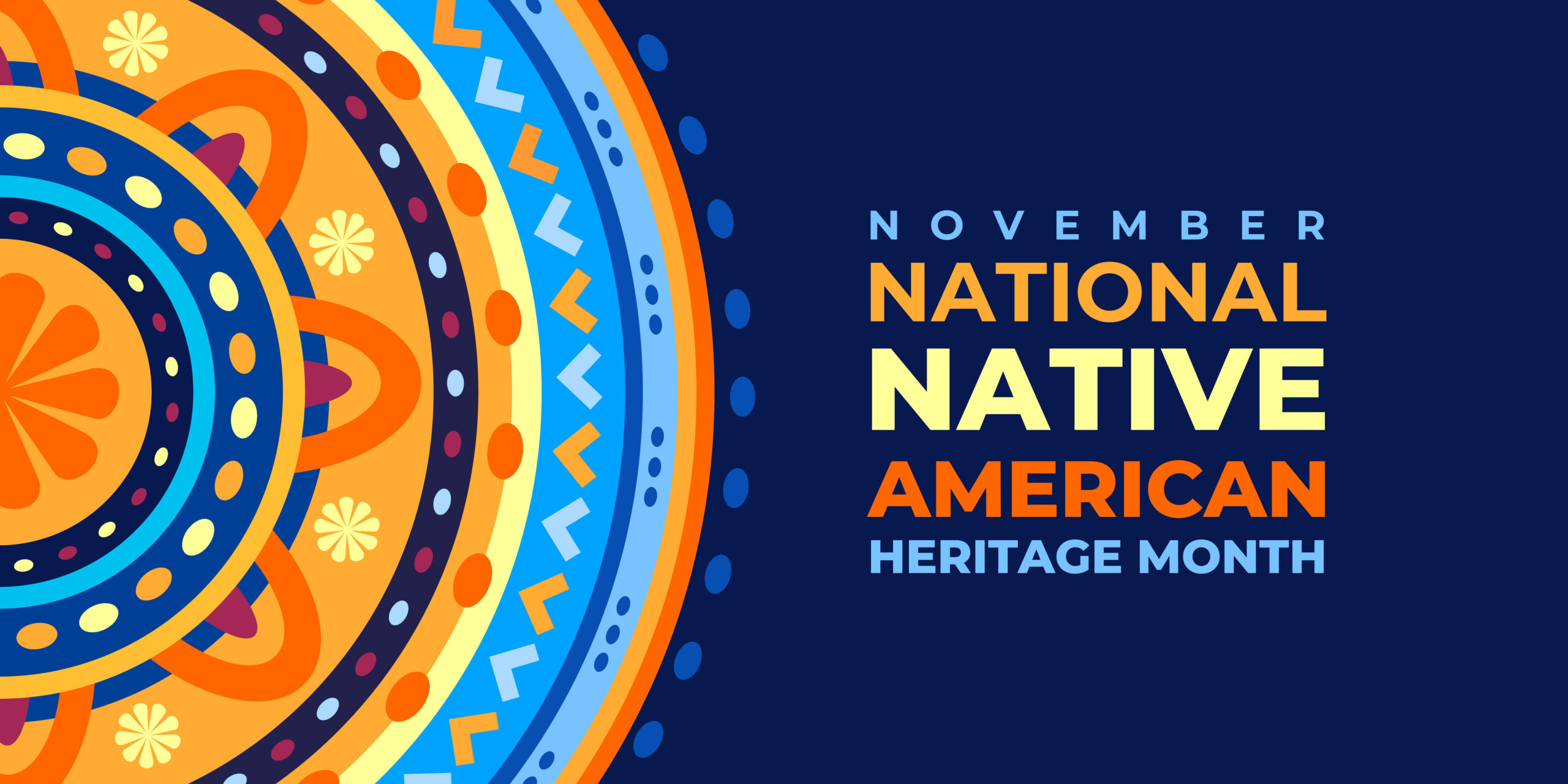Native American Heritage

Celebrating Native American Heritage Day: The Lasting Influence of Native Cultures on Modern Music
On Native American Heritage Day, we honor the profound contributions of Native cultures to modern music. Their rich traditions—expressed through rhythms, instruments, and storytelling—have shaped countless genres, leaving an enduring legacy.
Below, we highlight how America’s First People have influenced music history:
1. Traditional Roots in Modern Music
Native American music is deeply rooted in spiritual and cultural traditions, serving as a foundation for storytelling, celebration, and connection. Its distinctive elements—such as percussive rhythms, haunting flute melodies, and vocal chants—have not only preserved cultural heritage but also profoundly influenced modern genres, from rock to ambient music.
- Drumming and Rhythms: The drum, often called the "heartbeat" of Native culture, has influenced percussion in rock, jazz, and electronic music.
- Flute Melodies: The soulful tones of the Native American flute, popularized by artists like R. Carlos Nakai, have shaped new-age, jazz, and classical music.
2. Pioneers Across Genres
Rock and Blues
- Link Wray (Shawnee): His 1958 hit Rumble introduced the power chord, a precursor to punk and heavy metal.
- Robbie Robertson (Mohawk/Cayuga): Guitarist for The Band, he infused Native themes into his music, including Music for the Native Americans.
- Buffy Sainte-Marie (Cree): A folk and protest icon, her song Universal Soldier became an anthem for social justice and Native rights.
Hip-Hop and Rap
- Supaman (Apsáalooke): Fuses rapping, beatboxing, and traditional Native music to explore identity and resilience.
- Frank Waln (Lakota): Addresses activism, environmental issues, and historical trauma through his powerful lyrics.
Pop and Rock
- Redbone: This Native American rock band gained fame in the 1970s with their hit Come and Get Your Love, celebrating Native pride.
3. Blending Tradition with Modernity
Many Native artists seamlessly combine traditional sounds with contemporary styles:
- Joanne Shenandoah (Oneida): Wove Iroquois melodies into folk and classical music.
- A Tribe Called Red (The Halluci Nation): Created “powwow step,” blending powwow music with electronic beats.
4. Advocacy Through Music
Native musicians often use their art to raise awareness about history, culture, and current issues. Their music serves as a tool for activism, ensuring Native voices are heard and their heritage preserved.
Native musicians have long used their art as a platform for activism and cultural preservation:
- Buffy Sainte-Marie (Cree): Her song Bury My Heart at Wounded Knee addresses the historical injustices faced by Native Americans, using powerful lyrics to educate and inspire action.
- Frank Waln (Lakota): His track Oil 4 Blood highlights the environmental and cultural devastation caused by pipeline projects, turning music into a call for justice.
- Supaman (Apsáalooke): Combines traditional Native dance with hip-hop to emphasize resilience and identity, often performing at schools to inspire younger generations.
5. A Vibrant Legacy
Native American artistry continues to shape global music, bridging ancestral traditions and contemporary innovation. From iconic rock legends to groundbreaking genre-blenders, their music reflects the enduring power of cultural expression.
To explore contemporary Native American music, visit the Native American Music Awards.






